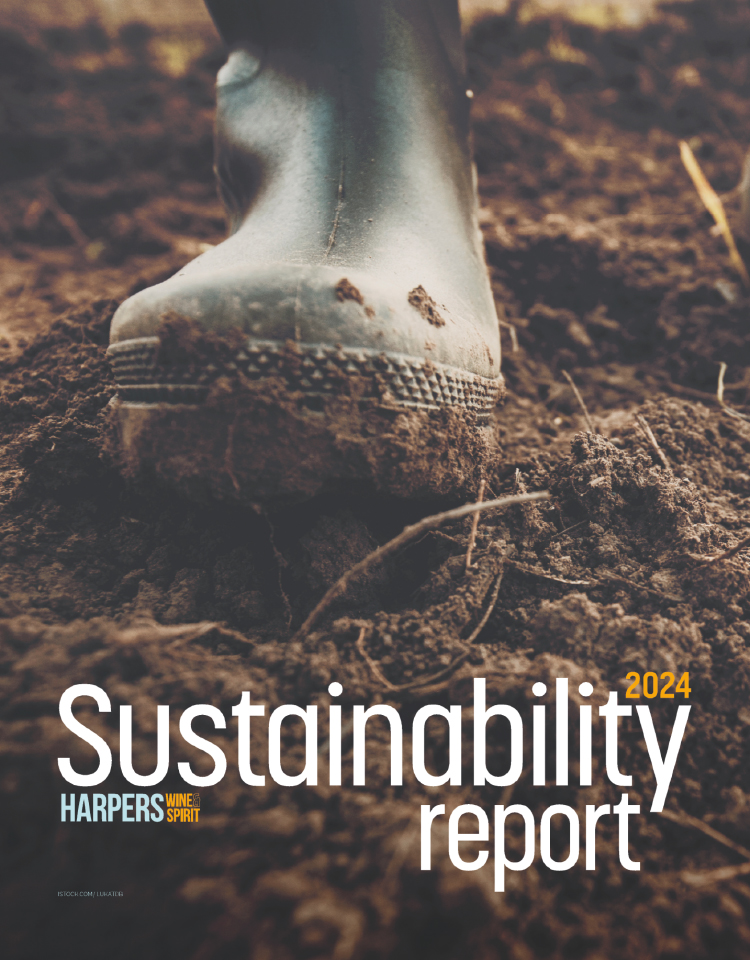
HMRC now issuing two new distilling licences a week as gin continues to soar
Those expecting to see gin fall from its pedestal will have to wait a little longer.
Latest figures from HMRC show that gin continued its upward march in 2018, with UK distillers selling an additional £35 million of the spirit abroad compared with 2017.
HMRC is yet to release its full figures for last year, but in the meantime, export sales and the number of distillery licences continue to grow.
With exports exceeding £567m, 2018 was another record year for gin growth, up from £421m in 2015.
Industry body, The Gin Guild, puts the number of distilleries actually making gin at 280, out of a total 419 distilleries in the UK.
Gin has played a major role in growing the number of distillers in the UK, which were at 113 in 2009, when a change in the law made it easier for smaller producers.
Now, HMRC reports it issues licences for two distilleries a week on average.
Nicholas Cook, director general of The Gin Guild, puts the number of UK gin brands at 860.
“Many of the new distilleries are micro distilleries with very small stills and consequently a small output, but many are at a fully commercial scale, with brands being developed capable of substance,” he said.
The impact of Brexit on British gin exports and imports of botanicals and other materials remain to be seen.
But Cook believes gin’s popularity means it will continue to grow.
“The market for gin is constantly evolving, reflecting the versatility and sophistication of gin…with gin being the most frequently served sprit in high-end bars. This is a trend reflected throughout the on-licensed sector which has, to a very pleasing degree, engaged with the spirit by adopting attractive serves which drive sales by appealing to consumers - for consumption as well as for social media,” he said.
Flavoured gins, specifically pink gin, also gave gin more leverage in 2018.
“Some innovations may not be to everyone’s taste, but they are bringing new consumers to the category,” Cook pointed out.
“Five years ago, few in the industry would have thought of producing the sweeter, pink iterations of gin, yet this is now regarded as a mainstream extension to the core market gin profiles.”







